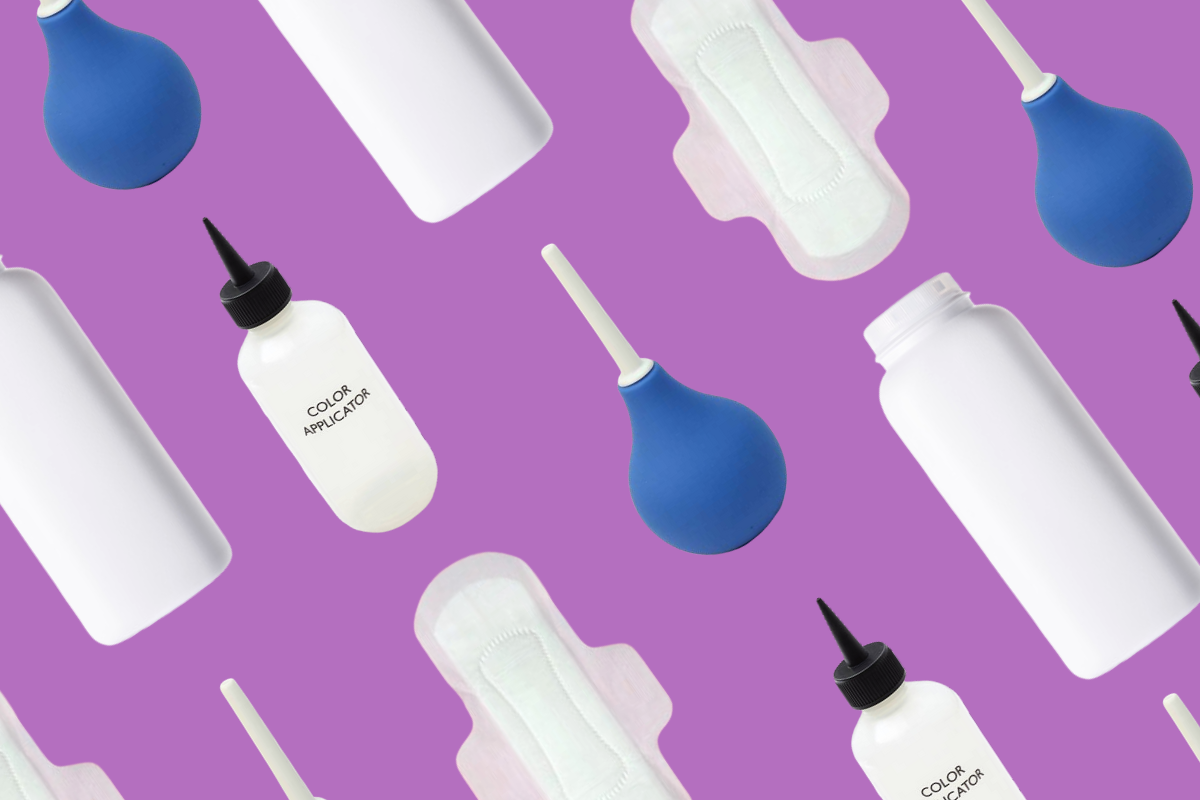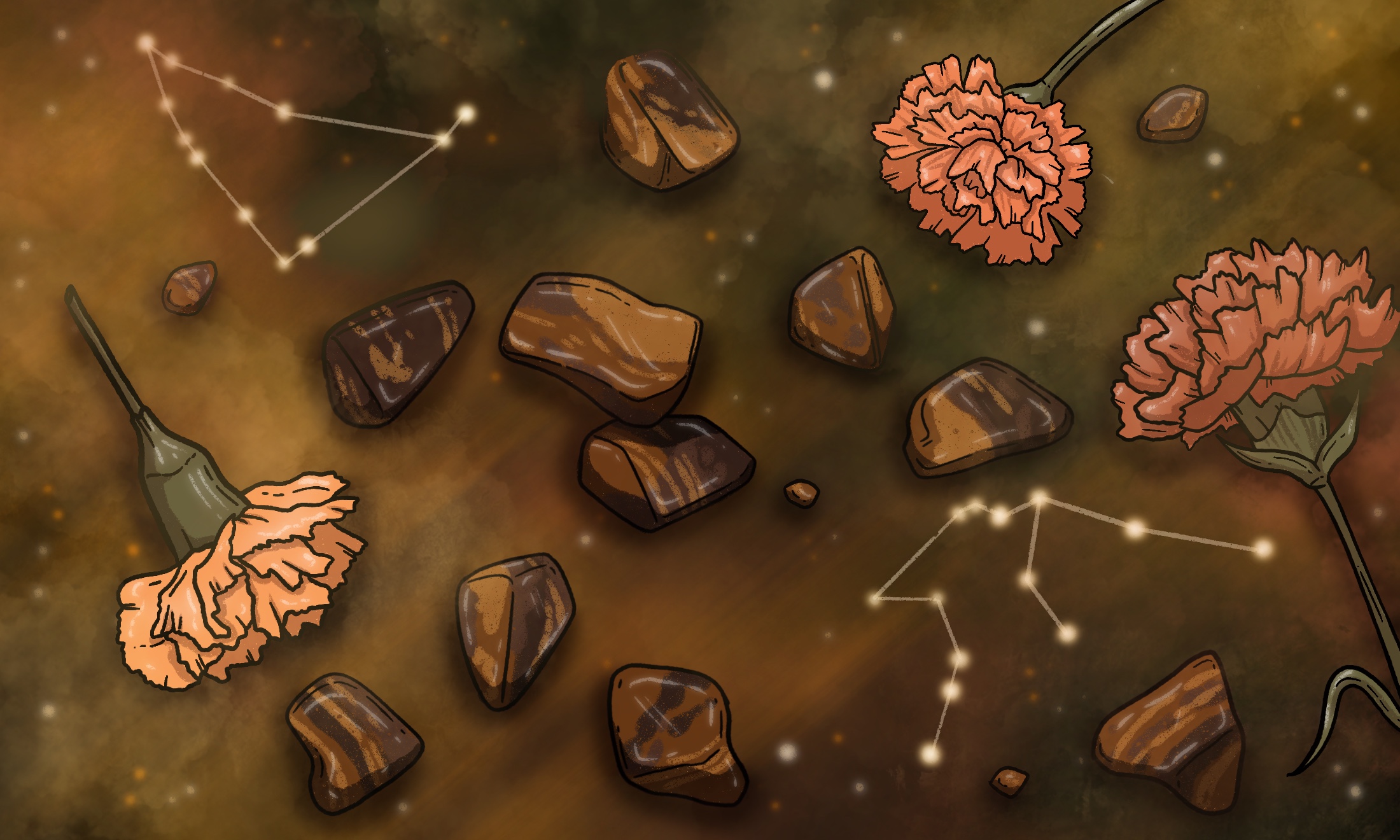
Hair relaxers and dyes aren’t the only cosmetic products disproportionately harming black women
Niellah Arboine
17 Jan 2020
In the American comedian Chris Rock’s 2009 documentary Good Hair, he meets up with a scientist and together they submerge aluminium drink cans into sodium hydroxide (an ingredient in some hair relaxers). Worryingly, it erodes through the metal cans in only an hour. Chris then reveals to the older white scientist that black women were putting this on their head. “Why would they do that?”, he asks, bemused. Since then, I’ve always questioned what’s actually in a relaxer and what the effects could be to their biggest consumers – black people.
We’ve all been told the perils of hair relaxer by now. Whether reasons are political, or physical. Once a common staple for black women, sales of relaxers have declined – potentially because of the rising popularity of the natural hair movement. And this year, relaxers could be the smallest segment of the black hair market.
Now a study by the National Institute of Environmental Health Sciences published in the International Journal of Cancer has shown there could be a link to chemical relaxers, hair dye and breast cancer. It also found, “products used predominantly by black women may contain more hormonally‐active compounds.”
The research looked into the data provided by Sister Study, an organisation aiming to find out more about the causes of breast cancer by studying sisters of women who have been diagnosed. The data showed that women – more specifically, black women who used permanent hair dye or chemical straighteners – were at higher risk of developing breast cancer.
Those who used hair straighteners were about 30% more likely to develop breast cancer than those who didn’t use the product. Although the risk didn’t vary between race, black women are more likely to use relaxers, with about 75% of black women in the study reporting they chemically straighten their hair compared to just 3% of white women.
Permanent hair dye was linked to a 7% risk of developing breast cancer in white women but a colossal 45% in black women. I reached out to Alexandra White, one of the publishers of the study and a statement she sent reads: “It is possible that type of dye or application of dye is different for black women compared to white women. It is also possible that hair texture plays a role in how much dye is needed or absorbed.”
So what other cosmetic products geared towards black folks contain these hormonally‐active compounds, as the study suggests, and why are they being targeted towards us? Beauty products marketed towards black women literally contain more hazardous ingredients according to researchers at the Environmental Working Group. And the worst culprits were relaxers and bleaching products, but also some lipsticks, concealers and foundations.
According to Science Direct, African-American women spend more money on fragrances and feminine hygiene products than other women in the US. One study reports African American women are also more likely to use vaginal hygiene products like douching compared to white women. Anecdotally, I’ve now stopped staring in disbelief when I discover another white person I know doesn’t use a luffa, sponge, wash mitten or flannel in the shower. And the washing legs scandal of 2019 proved that some people prioritised deep scrubs more than others. But where does this stem from?
“Beauty products marketed towards black women literally contain more hazardous ingredients”
Time reports in Profiting From the Myths About Black Women’s Bodies, “like pressing our hair and lotioning our legs, douching and deodorizing vaginas is something black women teach our daughters and sister-friends teach our friends”. And this attentiveness to beauty, hygiene and cleanliness could stem from the historical myths steeped in misogynoir against black women, which were then sold to us in product form and now passed down as cultural norm. In An odor of Racism: Vaginal Deodorants in African-American Beauty Culture and Advertising, Michelle Ferranti discusses how racialised marketing aimed at black women plays off historic insecurities around odours and beauty – dating as far back as slavery. “For many recently emancipated African Americans, a clean and odour-free body signified personal progress and enterprise, and the hope for racial assimilation.”
After World War II, brands started marketing douching specifically to black women – and it’s stuck. One study looking into black and white women’s use of feminine hygiene products, including tampons, sanitary towels, vaginal douches, feminine spray, powder and wipes, found that “vaginal douching may increase exposure to DEP (Diethyl phthalate) and contribute to racial/ethnic disparities in DEP exposure.” DEP exposure is associated with “increased biomarkers of oxidative stress, elevated mammographic breast density and increased breast cancer risk.”
And it doesn’t stop there: podcast Stuff Mom Never Told You reported on how talcum powder was killing black women. Talc, the main ingredient in the powder, is often found near asbestos in nature, which means it can become contaminated – the links between asbestos and cancer are widely known. A 2016 study by the University of Virginia found that African American women who used talcum powder for feminine hygiene had more than a 40% increased risk of cancer. And, it’s alleged that Johnson & Johnson knew about potential cancer links since the 70s but continued to market the powder “more aggressively towards African American women”. Although new studies claim the link between the two is small and more research is needed, this is still a massive concern.
And of course, skin lightening creams aimed globally at black and brown people also have detrimental health effects which can lead to mercury poisoning, neurotoxicity and kidney damage. And trichologist Lorna Jones notes that genetics along with tight hairstyles and hot combing can lead to central centrifugal cicatricial alopecia, the most common alopecia amongst black women.
We are disproportionately being bombarded with European beauty standards which seep into advertising, some based on historical myths about us, so how do we even stand a chance and where do we go from here? Of course, a lot more research needs to be done on these products. For me at least, my best bet is purchasing products that are made by people with my best interests in mind, and especially trying to buy sustainable and ethical black-owned products. I’ll still be washing my legs, but checking what’s in my products has become a top priority. Needless to say, the large companies producing these toxic products should be held accountable.









